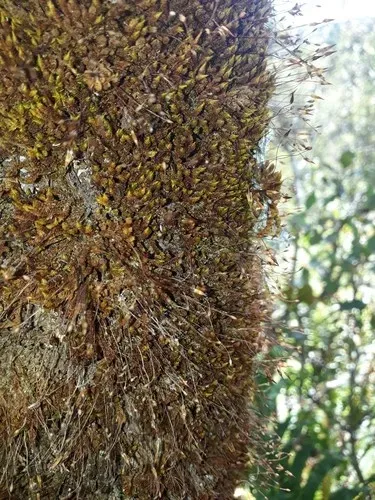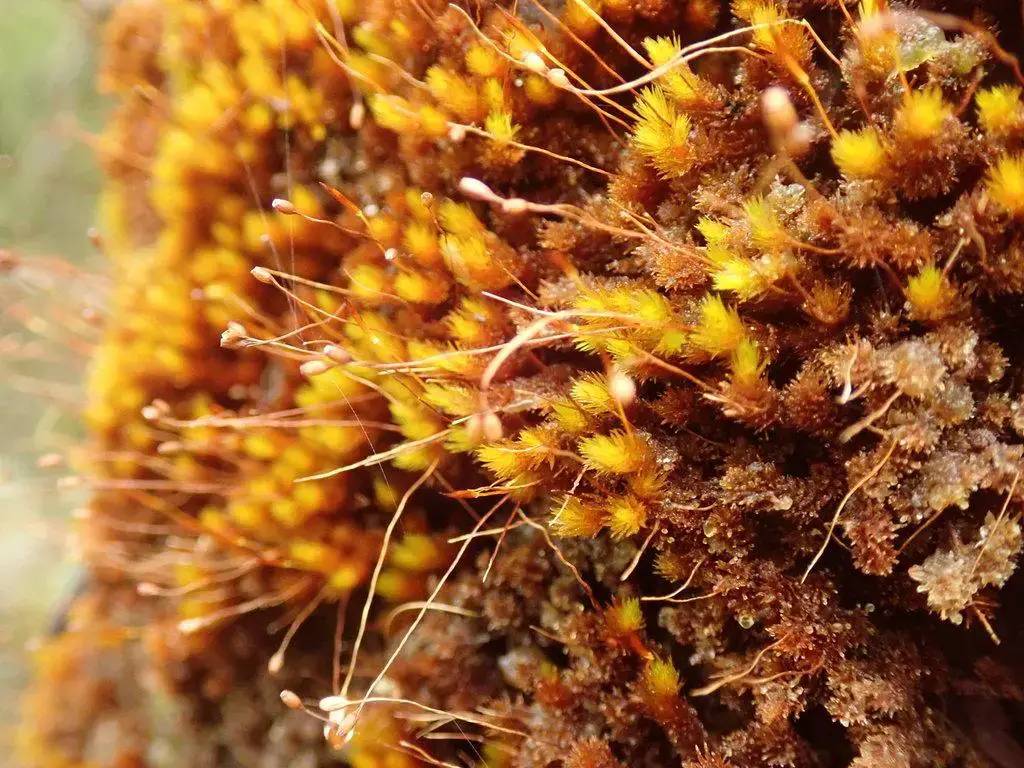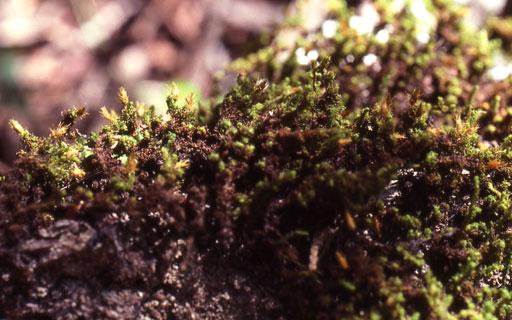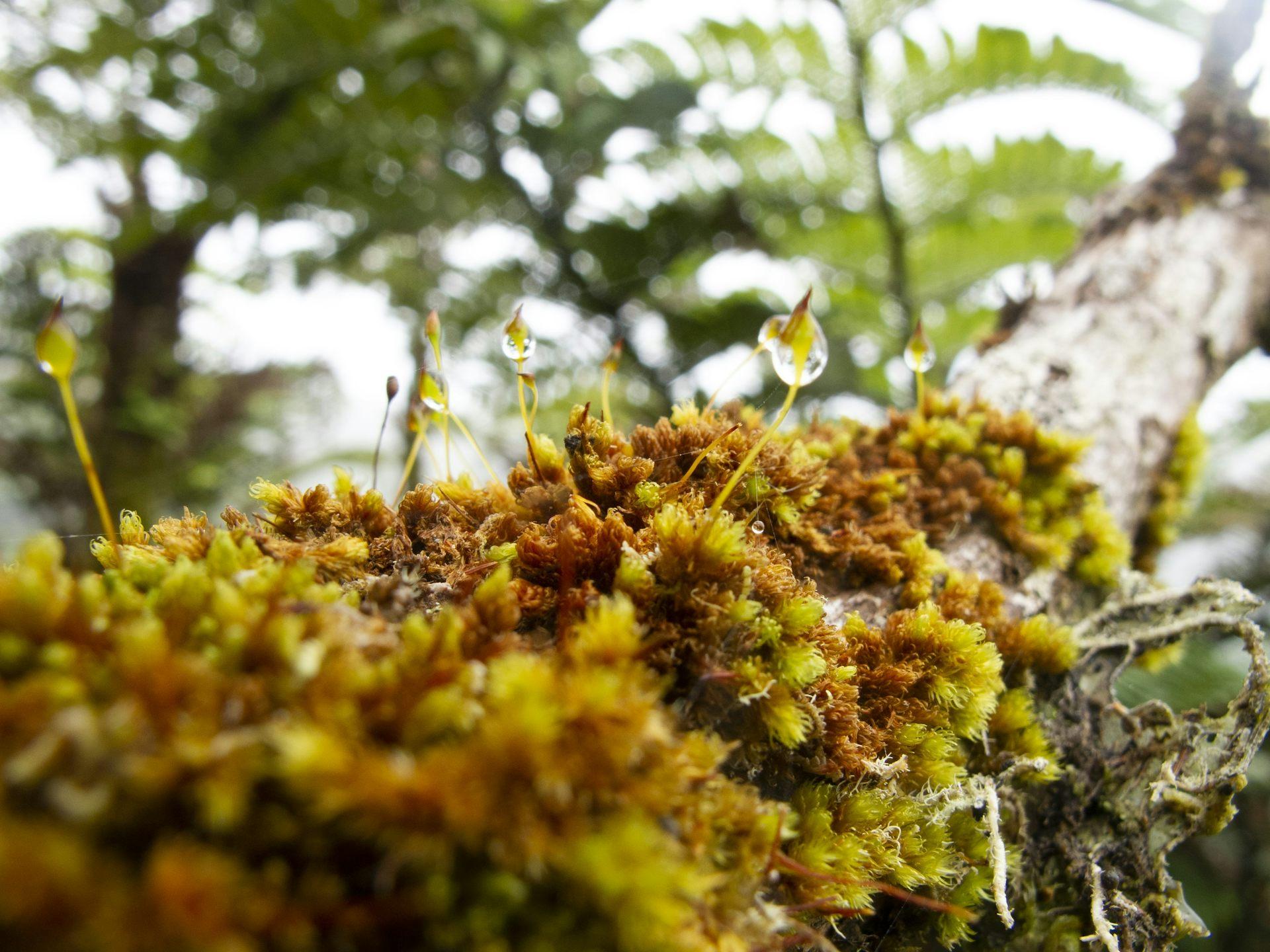
152345548047777792.jpeg from: https://www.picturethisai.com/care/Macromitrium.html
Exploring the Fascinating World of Macromitrium schwaneckeanum Hampe Moss

large.jpeg from: https://inaturalist.nz/observations/88236610
Introduction
Mosses are often overlooked, but they play crucial roles in ecosystems around the world. One particularly interesting species is Macromitrium schwaneckeanum Hampe, a moss in the Orthotrichaceae family. In this blog post, we’ll dive into the details of this fascinating plant, from its morphology to its ecological importance.
Background
Macromitrium schwaneckeanum Hampe is a species of moss, which are non-vascular plants in the division Bryophyta. Mosses lack true roots, stems, and leaves, instead having structures that serve similar functions. They reproduce via spores rather than seeds and are found in a wide range of habitats worldwide.
Morphology and Identification
M. schwaneckeanum forms dense cushions or tufts. Its leaves are lanceolate (lance-shaped) and have a single costa (midrib). The leaf margins are entire (smooth-edged). Capsules are cylindrical and ribbed when dry. Identifying features include the leaf shape, entire margins, and ribbed capsules.
Global Distribution and Habitat
This species is found in

Macromitrium_prolong031018L.jpg from: https://www.digital-museum.hiroshima-u.ac.jp/~museum/habit/moss_habit/Macromitrium prolongatum/Macromitrium_prolongatum.html
Central and South America, including countries like Mexico, Costa Rica, Panama, Colombia, Venezuela, and Brazil. It typically grows as an epiphyte on tree bark and branches in

file-20230516-30960-s3vsmi.jpg from: https://theconversation.com/the-secret-world-of-moss-ancient-ancestor-of-all-plants-and-vital-for-the-health-of-the-planet-205048
humid montane forests at elevations of 500-3000 meters.
Ecological Roles and Adaptations
Like other mosses, M. schwaneckeanum plays important roles in its ecosystem:
- Moisture retention: Moss cushions absorb and retain water, regulating moisture in the environment.
- Habitat for micro-organisms: Many tiny invertebrates live among the leaves and stems.
- Nutrient cycling: As mosses grow and decompose, they release nutrients back into the ecosystem.
- Indicator species: The presence and health of moss populations can indicate air and water quality.
Adaptations of M. schwaneckeanum include:
- Desiccation tolerance: Ability to dry out and rehydrate without dying
- Structures for water retention: e.g. concave leaves, wax-covered leaves
- Asexual reproduction: Via gemmae, brood bodies, and fragmentation, allowing colonization of new areas
Conclusion
Macromitrium schwaneckeanum Hampe is a prime example of how even tiny, easily overlooked organisms like mosses can have outsized ecological importance. From the humid forests of the Neotropics to the microscopic invertebrates that call it home, this moss plays a fascinating role in the web of life. What other “small but mighty” organisms in your local ecosystem deserve a closer look?